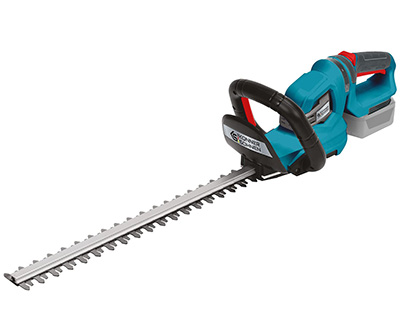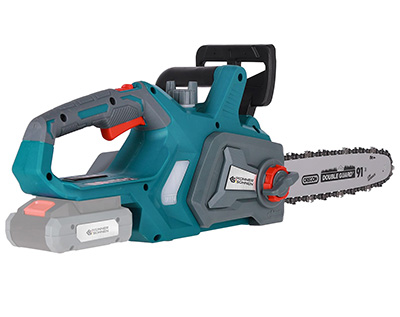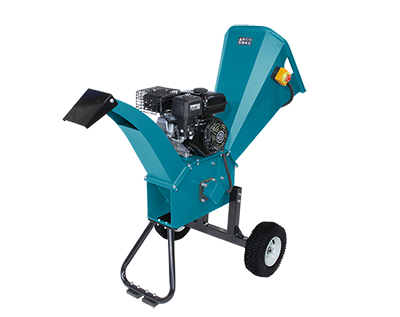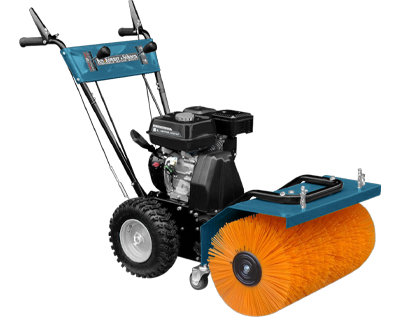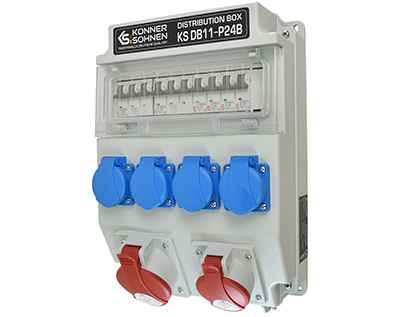
Electricity generators for heating have become an integral part of modern heating systems. Even if carbon based fuel is used as an energy source, electricity is required for controls, circulation pumps, etc. and it is extremely important to properly design the backup power supply for such systems.
Power consumers such as the gas boiler may not be supplied directly from a mobile (IT system) emergency generator, as the heating requires a TN system with a grounded neutral conductor.
The heating must be supplied either as part of a complete house supply or via a switching device specially built for the heating.
You can find out how you can supply your heating from an emergency generator as part of a house feed-in in our information material on our website.
Here we will inform you how you can protect your heating with the KSB 21iS or KSB 22iS inverter generators. The nominal output of 1.8 kW is sufficient for a gas boiler including circulation pumps, for a standard solar thermal system, etc. This means your house stays warm despite the cold outside.
Modern heating systems have electronic control modules that usually need a pure sine wave voltage. This is usually specified by the manufacturer of the heating boilers or the controller of the solar thermal system.
To compare voltage (yellow) and current (green) when operating an electronic device from the inverter generator (left) and from the conventional generator (right):


You can see clear advantages of generators with inverter technology.
Harmonic voltage distortion is one of the most important parameters of the supply voltage and is standardized for the public power grid (THDU ≤ 8%, each harmonic/U1 ≤ 5%), but not for emergency power generators. The voltage regulator in conventional generators regulates the effective value of the voltage, but is not able to control the voltage waveform, which can cause problems with non-linear loads. The electronic power consumers are capable of causing distortion reactive power and harmonics, which can affect these power consumers themselves. For this reason, most heating systems manufacturers claim to supply your device with a pure sine wave voltage with emergency power, as is common in the public network.
Despite the low price, the KSB 21iS and KSB 22iS generators deliver a pure sine wave voltage 230V 50Hz, are economical (the ECONOMY MODE is also available for smaller loads) and are therefore a good source of emergency power for your heating system.
Here is the recommended wiring diagram:

The cable up to the power inlet is considered a generator exit wire and the TN system is only created when the generator is connected. The Schuko plug can be turned over on the generator without swapping phase and neutral condunctor because the two active contacts in the Schuko socket are equivalent as long as neither of them is grounded.
The N and PE conductors from the generator are bridged behind the power inlet on the changeover switch and connected to house earthing. A TN system is built with the grounded neutral conductor on the generator side, similar to the power supplier's transformer station.
Operating the generator with bridged N and PE conductors without grounding is prohibited for personal safety reasons. Connection cables with a bridge between N and PE are prohibited. The installation must be designed in such a way that even an electrical layman cannot do anything wrong and this condition is met in the installation shown above.
The second, free Schuko socket receives the grounded neutral conductor immediately after connecting the first socket to the installation in the house, as the two Schuko sockets are connected in parallel.

An additional power consumer can be supplied from the second socket of the generator, but only via an adapter with an RCD for outdoor use, such as the one in the picture on the left. Final circuits in outdoor areas (with the TN or TT system) must be protected by RCDs with a tripping current of no more than 30 mA in accordance with DIN VDE 0100-410. The cable up to the feed point is not protected by the FI switch, but rather this is only set after the changeover switch, where N and PE are already routed separately. It is essential to check the cable for possible damage before operation and replace it if necessary.
The ground screw on the generator must be connected to the house earthing bar or to its own earthing using a flexible 6 mm² copper cable. This protects against the short circuit to the generator frame if a fault occurs in the PE conductor in the cable up to the power inlet.
Course of the possible short-circuit currents in the case of leakage in the power consumer:
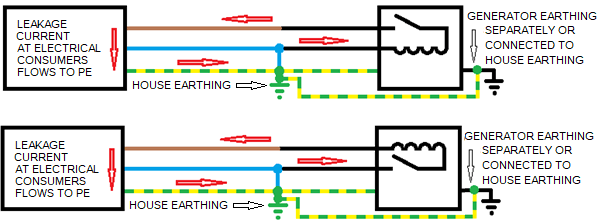
Short-circuit currents in the event of a leakage in the generator:

Inverter generators KSB 21iS and KSB 22iS have electronic overload and short-circuit protection, which can also react to momentary overloading of the voltage wave and is much more sensitive than conventional circuit breakers.
You can find more information about the use of Könner&Söhnen generators on our website.
Disclaimer:
These instructions can only be taken as a recommendation, are illustrative and must be adapted to the exact local circumstances and conditions during installation. The installation itself should be carried out in compliance with all standards and regulations. We take no responsibility for the wrong installations and their consequences.
P.S.
If you need to buy a generator for a boiler or a entire house, you can conveniently do so in the official online store https://shop.koenner-soehnen.com.





















